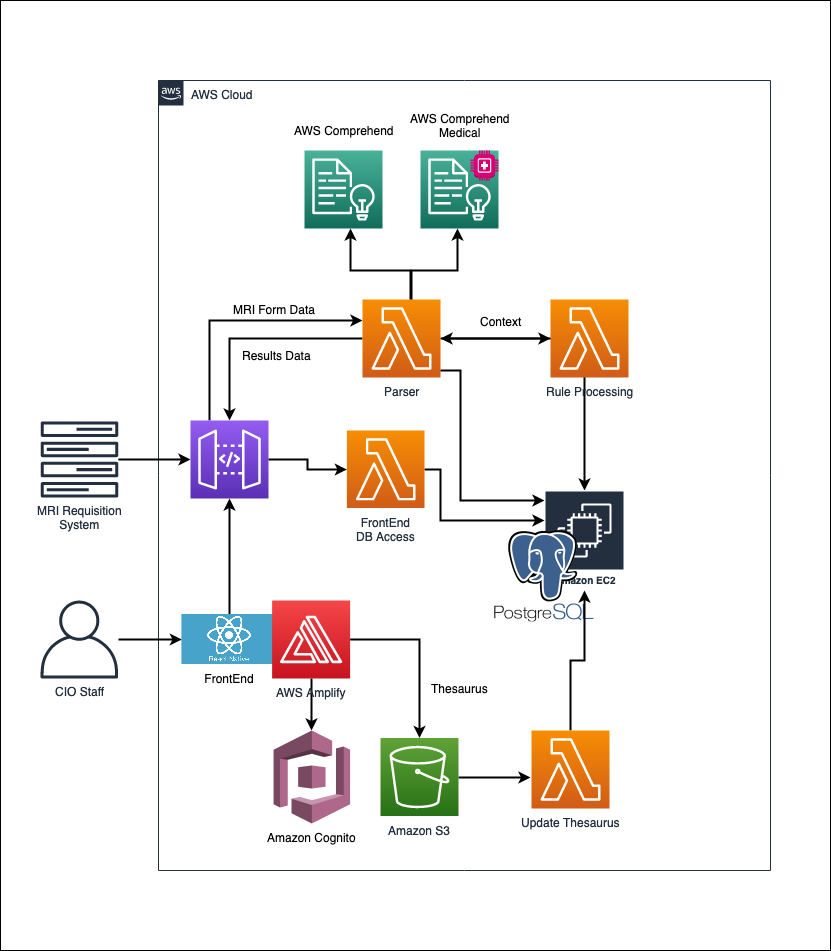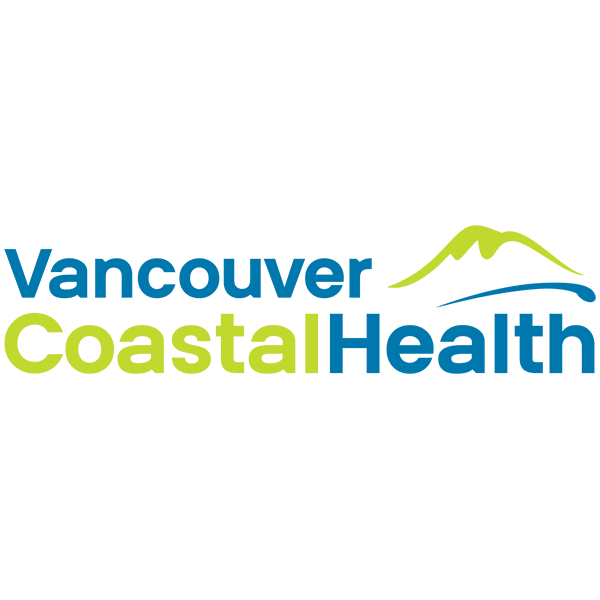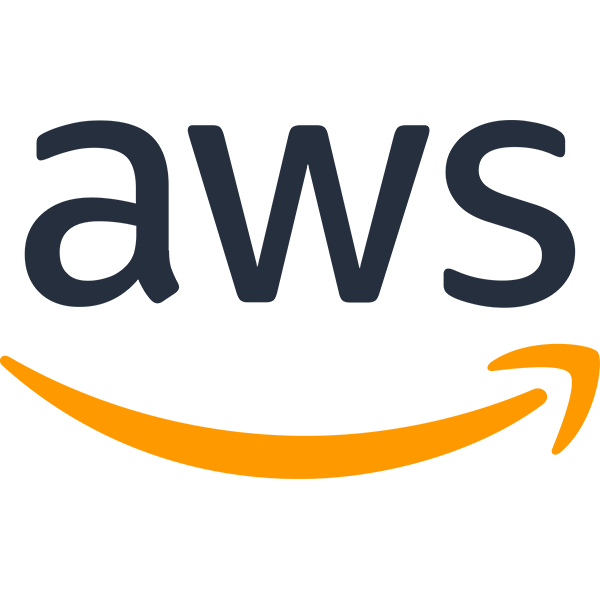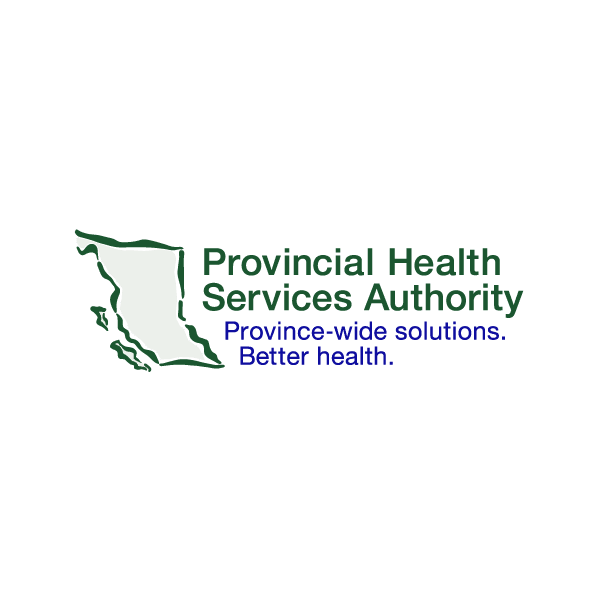Vancouver Coastal Health MRI Project “CAN’T WAIT”
The Lower Mainland MRI Central Intake Advanced Neural Network for Triage and Waitlist Management of MRI Exam Scheduling.
Overview
Today, patients with an MRI request submitted to the Lower Mainland MRI Central Intake Office (CIO) sometimes have to wait months or years to receive their exam.
Wait times for MRI exams in British Columbia can vary dramatically depending on the priority of the presenting health concern of the patient. Patients with an emergency condition, such as a stroke, may require emergent scans to be completed within hours, while other patients with non-life-threatening conditions may wait many months for their exam. Radiologists — medical doctors with expert training in medical imaging — must determine both the priority of an examination and the need for contrast, a medication used in imaging to help find disease processes.
Approach
The UBC CIC set out to create a solution that would improve the MRI requisition process across the region, reducing patient wait times and optimizing the prioritization review for radiologists. Triage is the process of determining the priority of patients’ treatments by the severity of their condition. A Machine Learning system was trained to recommend an accurate triage prioritization value (P-value) for requests submitted by ordering providers to increase the accuracy of requisition distribution.
The MRI CIO was opened in the Fall of 2018 to help manage MRI requests with the goal of optimizing efficiency and improving wait times. This central office provides an opportunity to use advanced computing technology to create analytics and identify areas of improved workflow optimization.
The current intake form process requires ordering providers to manually complete a paper or digitized PDF requisition form and submit it by email or fax to the CIO. The MRI CIO is tasked with distributing 10,000 requisitions per month to eleven different hospital sites. Differing priority levels and need for contrast medication depend on the patient presentation, and each site’s wait times vary across these standard priority levels. A site from the CIO receives requisitions, and a radiologist determines the priority level and need for contrast medication. It is common for a requisition to be sent to a site where the wait lists are much higher for a given priority/contrast than another site, thereby unnecessarily increasing the patient’s waitlist time. If the priority was to be determined upstream, patients could be directed by the CIO to sites with the shortest wait time for their assigned priority/contrast.
The UBC-CIC team built a prototype using AWS-managed Natural Language Processing (NLP) services: AWS Comprehend and AWS Comprehend Medical. A dataset of MRI request forms were collected using SapienML data extraction software, DataRig, and these were transcribed by the CIO team. The AWS CIC team then used the dataset and AWS Comprehend tools to develop a rules-based algorithm. This algorithm uses requisition samples to predict a P-value based on the submitted criteria on the MRI requisition. The output will help inform the CIO to assign the patient to an MRI site with the fastest turnaround time. This optimization will aim to decrease the current wait-list time and increase the number of patients who receive their exam within the province’s benchmarked wait times.
Link to solution on github: https://github.com/UBC-CIC/vch-mri
The MRI CIO office will test the CANT-WAIT Software solution on a control group prior to larger-scale implementation. Subjective and Objective data will be collected with a focus on program usability, workflow improvement, system accuracy and waitlist improvement.
Supporting Artifacts
Architecture Diagram

Technical Details
Ordering providers and physicians often reduce words when they write MRI request forms, and a solution was required in order to interpret these forms. For instance, ‘r knee’ means ‘right knee’ and a question mark ‘?’ preceding a word means ‘query’ or ‘investigate’. Once the contextualized information from the MRI form was created, the next step was to process it against rules created by the radiologist team. All the rules are indexed by the body part the MRI focuses on.
Fictionalized example of MRI rules for Abdomen (for demonstration purpose only):
- Adrenal mass – priority 3
- Aneurysm (FH Brain and Angio) – priority 4
- Appendix – priority 2
- Bowel ischemia (SBFT) – priority 2
- Characterization soft tissue mass likely benign (lipoma) – priority 3
Matching a rule with the contextualized data is not a simple process. The algorithm must take into account special patient conditions such as pregnancy, age, whether it is a follow-up visit, and other metadata. It is also critical to know if the MRI exam requires any medication, as additional medical staff are required for exams with contrast.
The team selected an Amazon Relational Database Service (RDS) Postgres Database due to its ability to identify natural language documents that satisfy a query and optionally sort them by relevance to the query. For instance, using feedback received from radiologists, the team was able to use the Postgres text search weight word feature for ranking rules. Along with the coverage density and proximity features, the team created a ts_vector of the rules text and applied the ts_rank_cd function to obtain the highest ranking rule.
Fictionalized example (for demonstration purposes only):
- Contextualized information – “acute right knee, joint pain”
- Rule 1 – (‘knee’, ‘Acute joint injury tendon rupture’, ‘P2’),
- Rule 2 – (‘knee’, ‘Chronic joint pain’, ‘P4’),
- A weight: acute
- B weight: joint, pain
Both rules have two words appearing in the query, but since a higher weighting is assigned to “acute”, Rule 1 will receive a higher ranking. Postgres text search also allows us to create a dictionary for synonyms in a template file. In a situation where the text in a report contains the word “ongoing” and the rule contains the word “chronic”, the dictionary triggers the rule as though they were configured to be synonyms.
Acknowledgements
VCH/PHC Radiology (Dr. William Parker, Dr. Savvas Nicolaou, Dr. Jason Clement), Vancouver Coastal Health MRI CIO office (Kyle Eckhardt, Jag Gill, Nanci Robinson), PHSA (Eric Koo, Gordana Dulovic, and IMITS Leadership), SapienML, the Amazon FLASH team for UI support (Godot Bian, Tom Jin, Abishek Sahay), and the AWS Envision Engineering team.
Photo by Alina Grubnyak on Unsplash
About the University of British Columbia Cloud Innovation Centre (UBC CIC)
The UBC CIC is a public-private collaboration between UBC and Amazon Web Services (AWS). A CIC identifies digital transformation challenges, the problems or opportunities that matter to the community, and provides subject matter expertise and CIC leadership.
Using Amazon’s innovation methodology, dedicated UBC and AWS CIC staff work with students, staff and faculty, as well as community, government or not-for-profit organizations to define challenges, to engage with subject matter experts, to identify a solution, and to build a Proof of Concept (PoC). Through co-op and work-integrated learning, students also have an opportunity to learn new skills which they will later be able to apply in the workforce.






